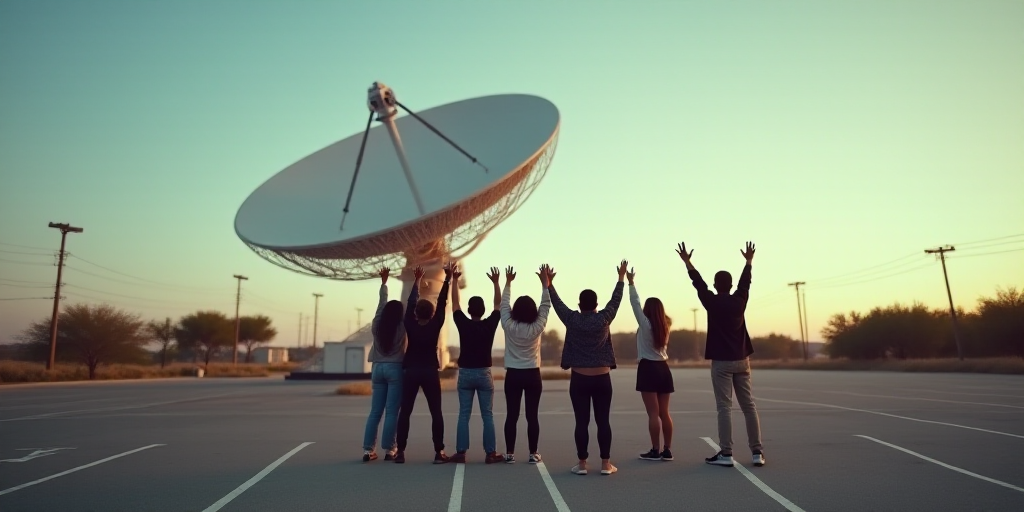Key Figures Visit Gran Telescopio Milimétrico (GTM)
Román Meyer, the director of the Federal Government’s Urban Infrastructure Projects Unit; David Hughes, the GTM director and INAOE member; and Puebla’s governor, Alejandro Armenta, visited the Gran Telescopio Milimétrico (GTM) in Atzitzintla.
- Román Meyer, director of the Federal Government’s Urban Infrastructure Projects Unit
- David Hughes, GTM director and INAOE member
- Alejandro Armenta, Governor of Puebla
Strengthening Science Dissemination Infrastructure
The visit aims to bolster the dissemination infrastructure in close collaboration, creating interactive spaces that bring scientific projects closer to the public.
About the Gran Telescopio Milimétrico (GTM)
The GTM, the world’s largest millimeter-wave radio telescope with a 50-meter diameter antenna, has been instrumental in detecting extremely faint signals. This capability led to the first image of a supermassive black hole, earning the 2020 Einstein Medal and the Breakthrough Prize in Fundamental Physics.
GTM’s Significance
David Hughes, GTM director and INAOE member, highlighted the importance of this observatory, a collaboration between the National Institute of Astrophysics, Optics and Electronics (INAOE) and the University of Massachusetts Amherst. Today, it is part of the Event Horizon Telescope and other international networks.
Governor Armenta’s Proposals
During his speech, Governor Alejandro Armenta suggested presenting replicas of the GTM’s awards to Mexico’s President, Claudia Sheinbaum, to emphasize its national and international significance. He also proposed creating guided tours and science dissemination spaces for young people and students, enabling them to understand the GTM’s function and impact.
“The scientific vocation of our president has turned her gaze towards Puebla. We are fully committed to her vision of technological sovereignty.”
Federal Government’s Support
Román Meyer reaffirmed the federal government’s backing for such initiatives. He emphasized the need for complementary, non-invasive infrastructure to facilitate access to the observatory and promote it as a center for knowledge and scientific tourism.
“The idea is that both citizens and students can approach the GTM and learn about its role in universe exploration in collaboration with other countries.”
Puebla’s Growing Reputation in Technology, Science, and Knowledge Dissemination
The visit marks a significant step in efforts to establish Puebla as a national reference in technology, science, and knowledge dissemination.






